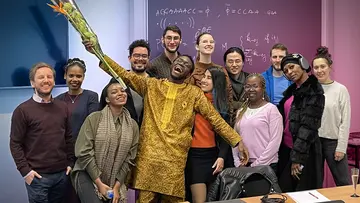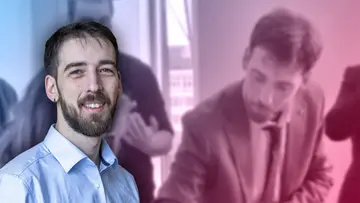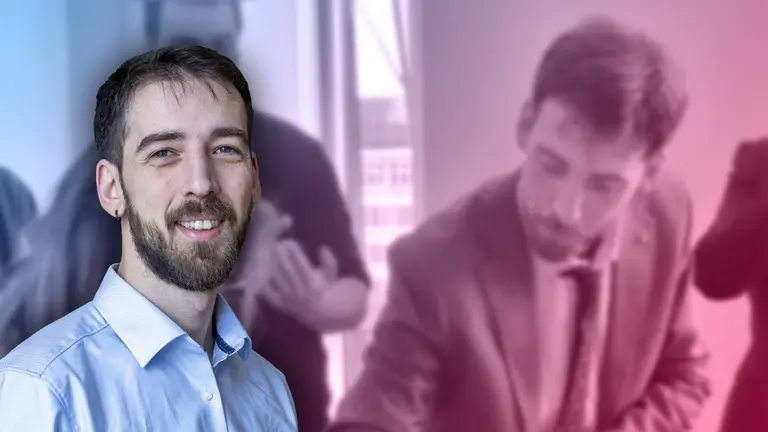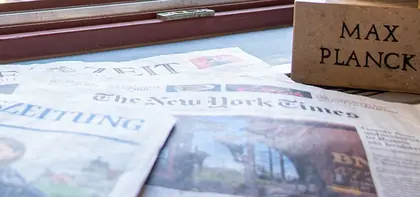
Congratulations to Fabio Di Nocera
Published May 16, 2024
Fabio Di Nocera successfully defended his dissertation, in which he explores a formalism for creating a unified framework that allows the description of both, classical and quantum information geometry, together. Congratulations and our best wishes for the future.
Fabio comes from Castellammare di Stabia, a small city near Naples. He obtained his Bachelor’s and Master’s degrees at the University "Federico II" of Naples. In September 2020, he started his Ph.D. at our MPI under the supervision of Jürgen Jost. Fabio is currently working as an adjunct lecturer at Lancaster University Leipzig and plans to continue working in teaching. “I feel that I really understand something only when I am able to explain it to someone else, so this sounds like a good way for me to keep learning. Also, interacting with students is just genuinely funny”, he explains.
Fabio’s scientific background lies in physics. He discovered the beauty of the application of differential geometry to physics during his Master’s studies. He describes his research focus as follows:
“Roughly speaking, this means that one tries to encode the description of phenomena in the geometric structure of some space. This is what happens for example in General Relativity, where the gravitational force gives the shape of the space-time we live in. During my time at MPI, I worked on Information Geometry. Conceptually, Information Geometry tries to follow the same idea for describing Information Theory, meaning that one tries to encode relevant aspects of Information Theory in the structure of some space. Of course, now this space is not the physical space-time where we live, but an "abstract" space given by all the possible systems in which one can encode information. Examples of such systems are the bits used in our electronic devices or the qubits, the quantum analogue of bits that will be the fundamental unit of quantum computers. This brings us to my work, in fact, typically two different theories are used to describe bits and qubits, called respectively Classical and Quantum Information Geometry. My work was to move the first steps towards the development of a unified framework that allows us to describe Classical and Quantum Information Geometry together.”
PhD thesis:
A W*-algebraic formalism for parametric models in Classical and Quantum Information Geometry
Further links:
Scientific Contact
Fabio Di Nocera
Editorial Contact
Related Content
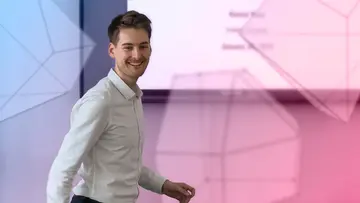
Successful Dissertation on Systems of Polynomial Equations Successful Dissertation on Systems of Polynomial Equations
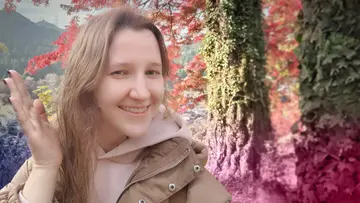
Exploring Complexity – Hanna Tseran's PhD Thesis on Deep Maxout Neural Networks Exploring Complexity – Hanna Tseran's PhD Thesis on Deep Maxout Neural Networks
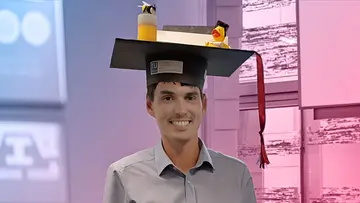
Markus Tempelmayr Examines Regularity Structures in Doctoral Thesis Markus Tempelmayr Examines Regularity Structures in Doctoral Thesis
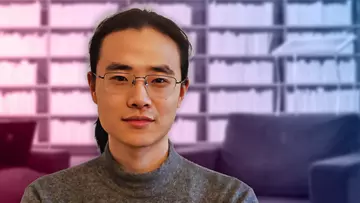
Cohomological Field Theories Secure Successful Dissertation Cohomological Field Theories Secure Successful Dissertation
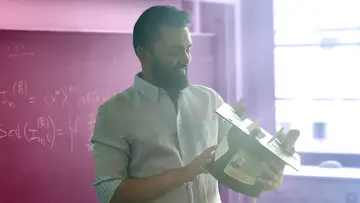
Rida Ait El Manssour Explores Combinatorial Methods in Differential Algebra Rida Ait El Manssour Explores Combinatorial Methods in Differential Algebra
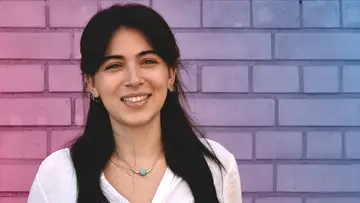
Successful Start to an Auspicious Career Successful Start to an Auspicious Career
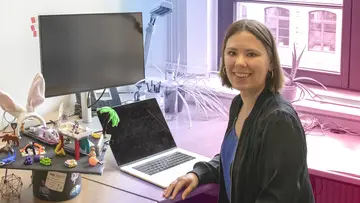
With Polytopes to an Excellent Dissertation With Polytopes to an Excellent Dissertation
